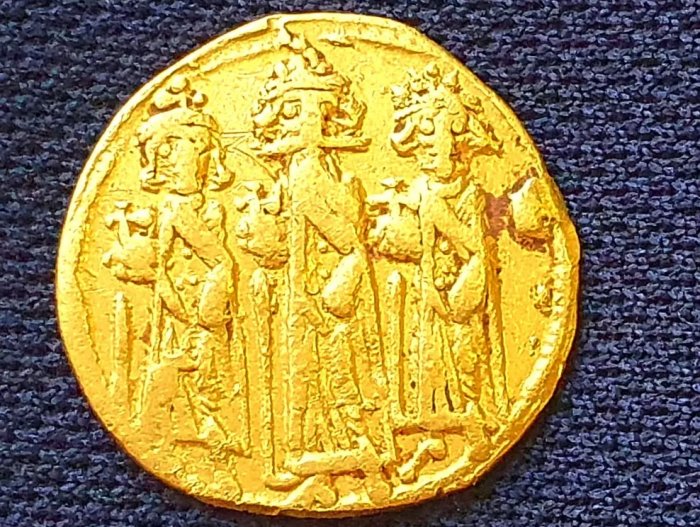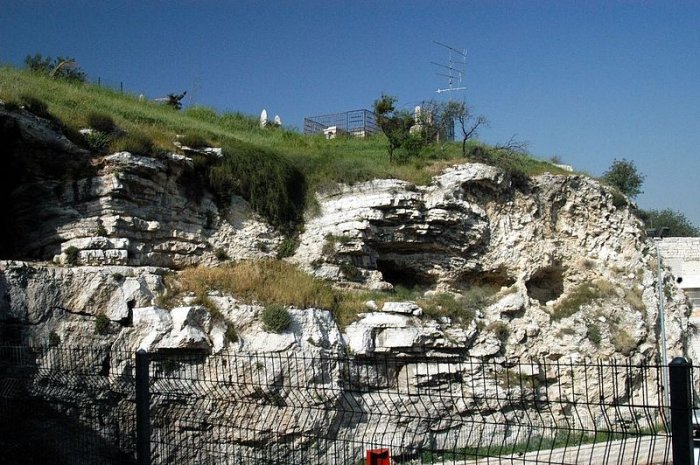Jan Bartek – AncientPages.com – Archaeologists in Israel have made another interesting discovery. This time while excavating in the Ramat Ha-Sharon region, just north of Tel Aviv they have unearthed not only evidence of agricultural-industrial activity dating back 1,500 years but also a startling ancient gold coin depicting Emperor Heraclius and Hill of Golgotha.

A gold coin minted in 638 or 639 and discovered in Ramat Ha-Sharon in an excavation by the IAA, depicting Emperor Heraclius. Credit: Amir Gorzelzany/Israel Antiquities Authority
Modern scholars hail the Byzantine Emperor Heraclius as one of the greatest Roman Emperors of all time. Heraclius is credited with returning the True Cross, one of the holiest Christian relics, to Jerusalem, and as well as expanding the Roman Empire. His Imperial army halted the Muslims in Asia Minor and held on to Carthage for 60 years. Emperor Heraclius was also the one who changed the official language of the Roman Empire from Latin to Greek in 610.
The hill of Golgotha is sacred to Christians as it is believed to be the place where Jesus Christ was crucified.

Golgotha Hill, Garden Tomb, East Jerusalem. Credit: Wayne McLean – CC BY 2.0
“The excavation unearthed evidence of agricultural-industrial activity at the site during the Byzantine period – about 1,500 years ago,” Dr. Yoav Arbel director of the excavation said in a statement released by the Israel Antiquities Authority (IAA).
The archaeological finds included a large winepress paved with a mosaic, plastered installations and the foundations of a large structure possibly a warehouse or a farmstead.
“Inside the buildings and installations, we found many fragments of storage jars and cooking pots that were evidently used by laborers working in the fields here.
We also recovered stone mortars and millstones that were used to grind wheat and barley and probably also to crush herbs and medicinal plants,” Arbel said.
Scientists suggest the stone artifacts originate from basalt quarries in the Golan Heights and Galilee.
See also: More Archaeology News
The most striking find unearthed at the site is the rare ancient gold coin minted in 638 or 639 CE by the Byzantine emperor Heraclius.
The coin depicts, the emperor with his two sons on one side, and on the other a cross on the hill of Golgotha.
Written by Jan Bartek – AncientPages.com Staff Writer





